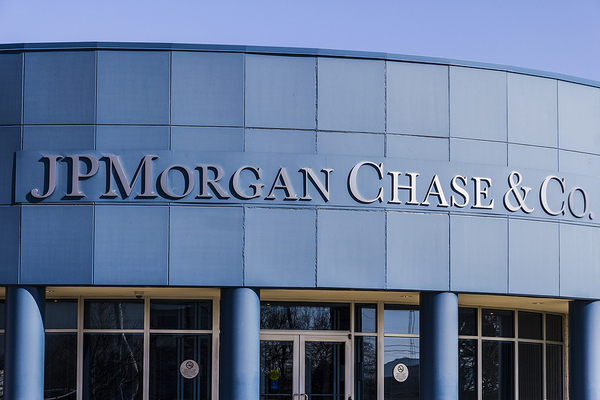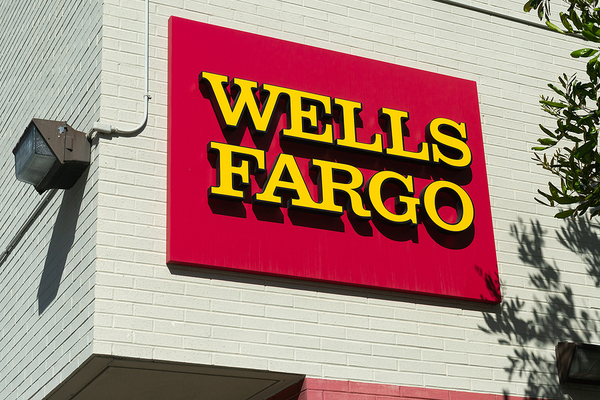View Sale Announcement Detail


Archived news
EXCERPT: As a result of deferral programs to help bail out Americans who lost income due to the coronavirus pandemic, banks are now stuck dealing with a slew of deferral loan assets. Selling parts of the portfolio may be the ideal way to manage the volume and protect their books from risk.
 Big banks in the US are being left with a ton of loans in deferment to deal with as millions of Americans seek financial assistance following mass job losses.
Big banks in the US are being left with a ton of loans in deferment to deal with as millions of Americans seek financial assistance following mass job losses.
The coronavirus pandemic sparked a financial crisis in the nation, prompting millions of Americans to seek assistance paying their credit card and mortgage bills.
Now, banks are having to deal with an increase in loan assets in deferment on the books, prompting a need to review their portfolios and make some changes.
Deferral Programs Helped Bail Out Millions of Americans
Millions of jobs were lost, and businesses were forced to shut their doors amid the health crisis as physical distancing measures were put in place. But in the meantime, bills still needed to be paid. Credit card bills and mortgage payments obligations continued, leaving Americans scrambling to keep up with their financial responsibilities.
In response, banks and credit unions across the US offered debt payment deferral options to those who were unable to keep up with their bills as a result of job losses. The rush of forbearance programs when the pandemic first hit helped millions of households avoid financial chaos.
In the meantime, Congress boosted unemployment benefits and provided emergency aid to businesses in an effort to mitigate against skyrocketing defaults by borrowers who lost their income as stay-at-home orders were being issued to curb the spread of the virus.
Banks Now Left With a Large Portion of Loan Assets in Deferment
But as helpful as the ability to defer debt payments has been for many Americans, the four biggest banks in the country now have over $151 billion in deferral loans on the books.
Different banks have been offering their own versions of deferral options to help out their individual and small business clients. For instance, JPMorgan Chase has been providing clients with the option to defer their residential mortgage payments for up to one year on a rolling, three-month deferral basis, while Bank of America has allowed clients to defer credit card payments for as long as 60 days.
 Credit card and mortgage payment deferrals made up a huge portion of deferral loan assets among the four largest banks in the country.
Credit card and mortgage payment deferrals made up a huge portion of deferral loan assets among the four largest banks in the country.
Wells Fargo and Citigroup also offered their own unique deferral options. Over $32 billion for loan losses was set aside by the four banks in the second quarter, suggesting that debt relief programs might not be sufficient enough to ward off a slew of bad debt.
Given the continuation of the pandemic and the uncertainty regarding the overall economic effect it will have, banks have found it challenging to determine exactly how many loans will go south, prompting the decision to create a financial cushion to fall back on in the event that more loans go bad than they have anticipated.
Mortgage and home equity loan payment deferrals were common among all four big banks. However, credit card forbearance also made up a considerable portion of deferred assets among the financial institutions in the second quarter.
Lenders Encouraged to Review the Books
With an increase in deferral loans, banks and credit unions across the US are encouraged to take another look at their books and make some changes to avoid risk should any loans go sour. It takes a lot of manpower to manage deferrals, but selling off loan assets that are stuck in special assets may be a great way to manage the volume and hedge against risk. And Garnet Capital can help with that.
Sign up for our newsletter today.
Garnet Capital Advisors 500
Mamaroneck Avenue, Harrison, NY 10528
(914) 909-1000
info@garnetcapital.comGarnet Capital Advisors 500
Mamaroneck Avenue, Harrison,
NY 10528
(914) 909-1000